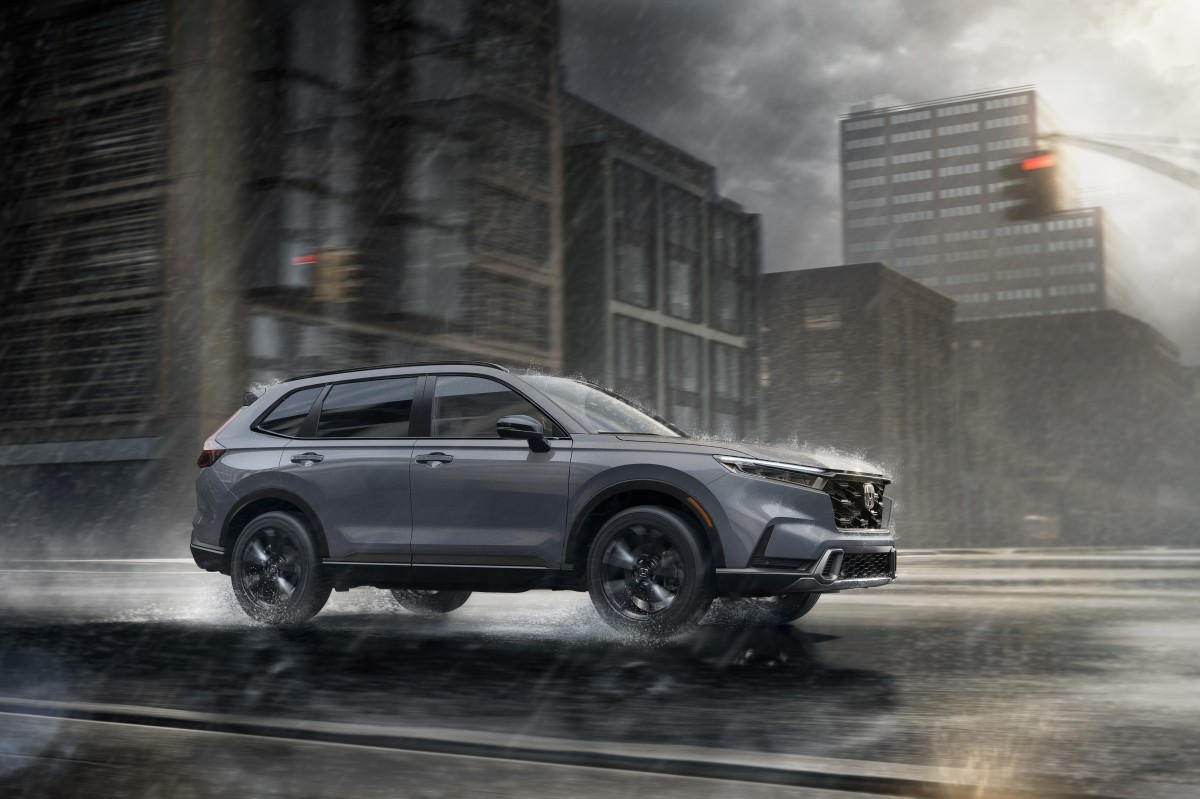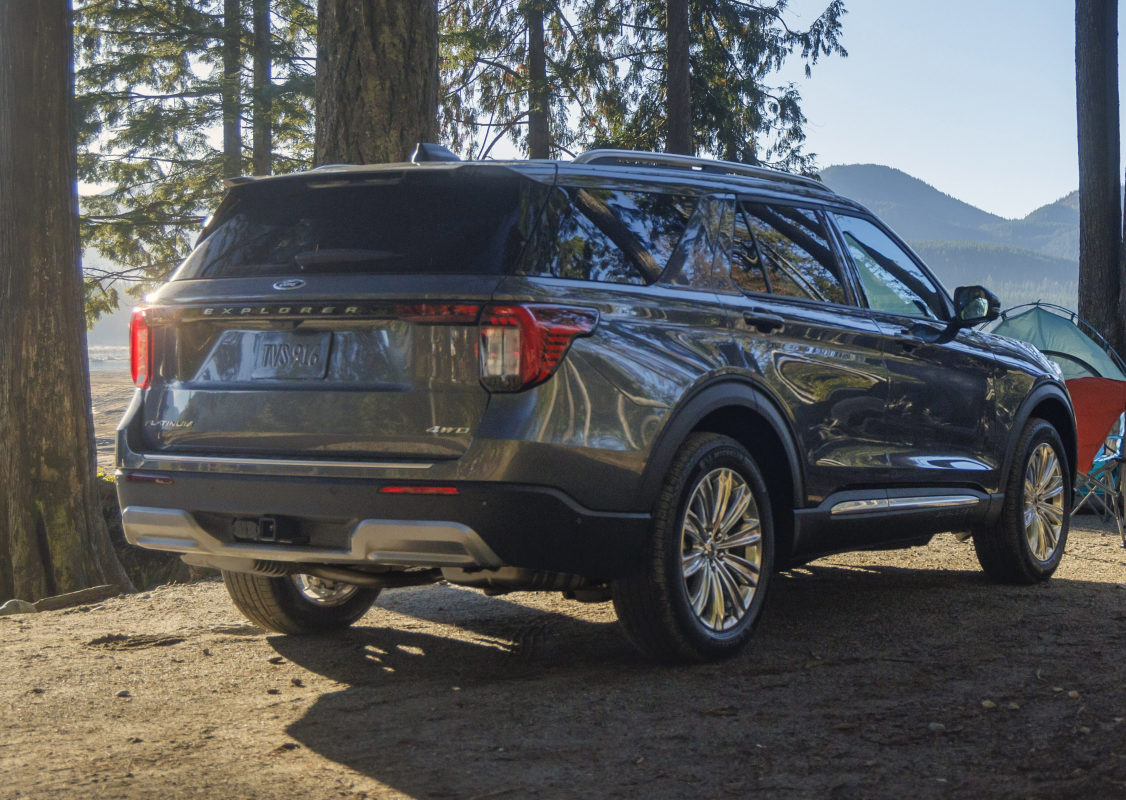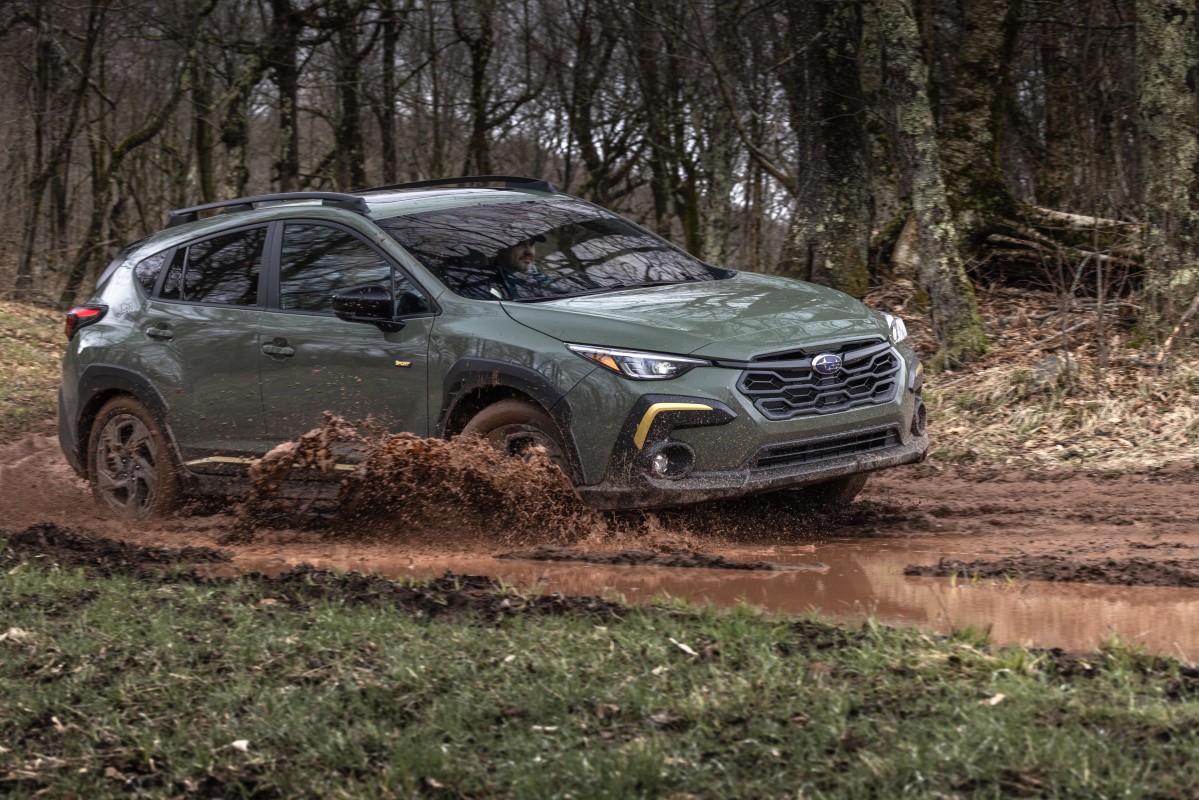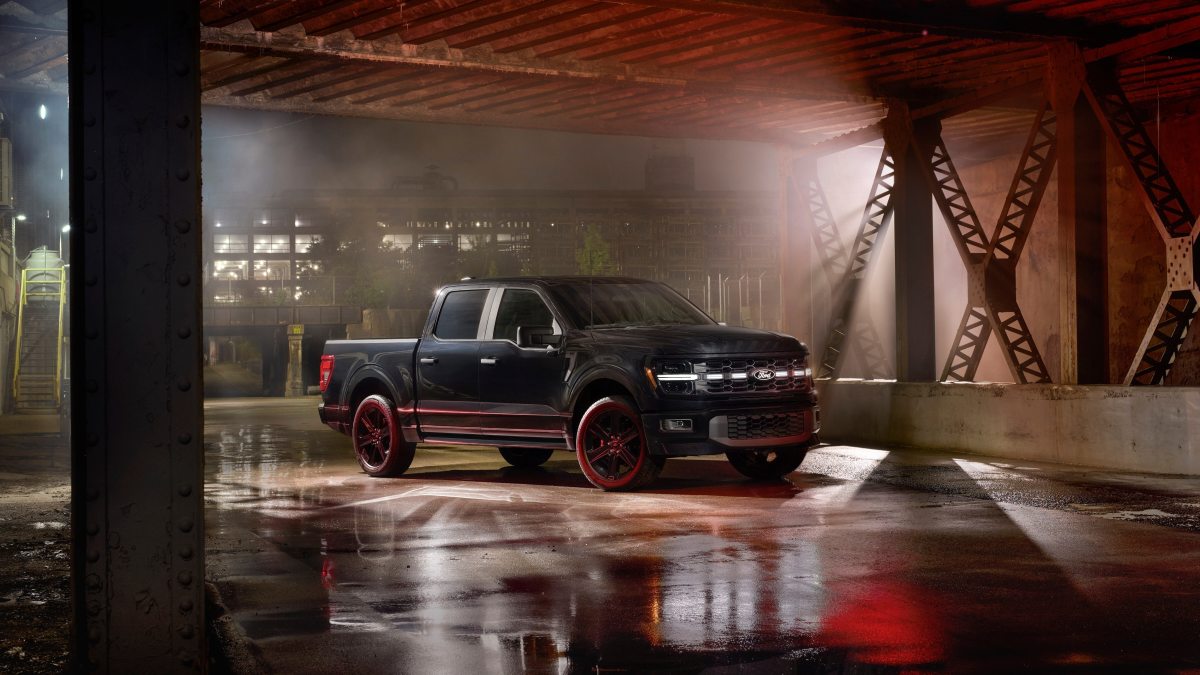Do Americans buy sedans anymore?
If you stop to look around and see the kind of cars people drive today, the landscape seems different from what it was one or two decades ago. Compact and midsize sedans were everywhere, as they were an essential backbone of the American car market. Honda Civics and Accords, Toyota Corollas and Camrys, and even Chevrolet Malibus and Ford Focuses dominated urban traffic, suburban driveways, and parking lots.
Today, it is becoming rarer to see such cars. According to data from S&P Global Mobility, these cars make up less than 20% of new vehicle sales in the United States—a steep drop from just a decade ago when they accounted for nearly half. Brands like Ford and Dodge have already abandoned the sedan category, while others hang on as the market shifts toward crossovers, trucks, and SUVs.
A recent S&P Global Mobility report highlights just how concentrated the U.S. car market has become. According to the study, four vehicle segments now make up nearly 50% of all new car sales in America. These dominant categories reflect a clear shift in consumer priorities—toward size, utility, and versatility—something traditional passenger cars can’t fulfill.

Honda
The most popular car segment in the U.S. is “compact utilities,” says S&P.
S&P identified the most popular segment as the “compact utility,” which consisted of some of the most popular cars sold in the United States: crossover SUVs. Some of the model names may be very familiar, as they include bestsellers like the Honda CR-V, Toyota RAV4, Chevrolet Equinox, and Subaru Forester. However, S&P also includes some smaller two-row body-on-frame SUVs like the Ford Bronco and Jeep Wrangler as part of this segment.
The researchers at S&P noted that due to the rising phenomenon with these kinds of vehicles, customers who want basic transportation will shop in this category, a role that compact cars filled around 25 years ago. Nonetheless, this segment comprised 21% of new registrations through May 2025.

Ford
The next popular segment is “Upper Midsize Utilities”
Following the “compact utilities” are what S&P distinctly calls “Upper Midsize Utilities,” slightly bigger sport utility vehicles that are meant to accommodate more people, children, and stuff than a RAV4, CR-V, or Equinox could carry. The names may still ring a familiar bell, as this segment features well-loved cars like the Jeep Grand Cherokee, Ford Explorer, Honda Pilot, and the Hyundai Santa Fe, as well as larger vehicles like the Toyota Grand Highlander. According to S&P, this segment made up 12.3% of new registrations through May 2025.

Subaru
While it may seem that things could only go up in size, interestingly, the third-most popular car segment is one that S&P Global Mobility calls “Sub-compact plus utilities.” These models consist of subcompact crossover vehicles, which are smaller than your CR-Vs and RAV4s—think cars like the Chevy Trax, Subaru Crosstrek, and Honda HR-V. According to S&P, those three models account for the bulk of sales, which made up 9.2% of new registrations through May 2025, up from 2.1% over the past decade. Additionally, S&P researchers found that as crossover subcompact sales grew, non-SUV subcompact car sales took a hard dive to just 1.1%.

Ford
Rounding out the list is a popular American segment
Rounding out the list is a car thought to be one of the most popular American vehicles: the full-size half-ton pickup truck. Truck guys know these models by heart, which include none other than the Chevrolet Silverado 1500, GMC Sierra 1500, Ford F-150, Ram 1500, and the Toyota Tundra. According to S&P, full-size half-ton pickup trucks made up 8.2% of all new vehicle registrations through May 2025. In addition, S&P researchers found that pickup owners are the most loyal of any body style, meaning that if one currently owns a pickup, their next vehicle is very likely to be a pickup.
Final thoughts
The results of this study show that some of the cars we thought of as “family cars,” like sedans, hatchbacks, and minivans, make up just a tiny percentage of the new vehicles sold in the United States. What’s even sadder is that this kind of data is already influencing the decisions of some brands. For instance, last year, Subaru announced that it is dropping the Legacy, and this week, Volvo said that it is becoming a crossover-exclusive brand in the U.S. Since everyone is out to make a buck in a trade environment dictated by tariffs, it seems that, except for a few holdouts, crossovers may be the lay of the land.